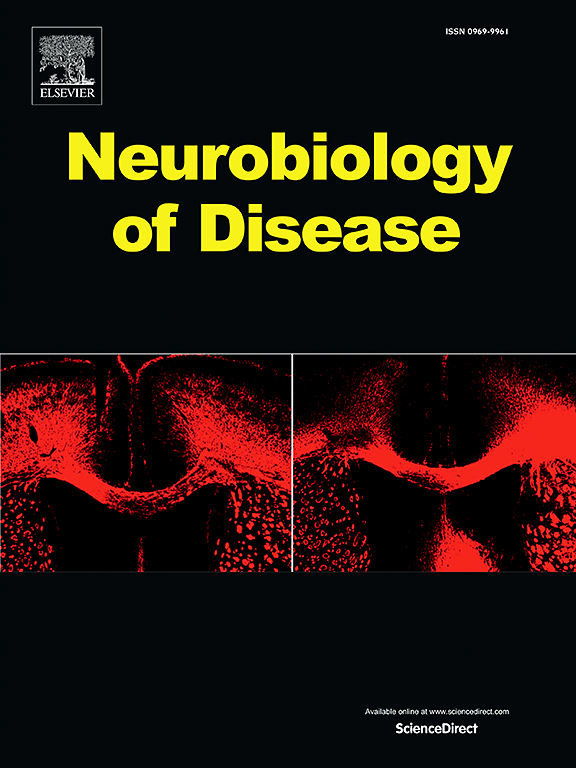海马癫痫发作和间歇放电时早期和广泛的小脑接合
IF 5.6
2区 医学
Q1 NEUROSCIENCES
引用次数: 0
摘要
尽管研究表明小脑在运动控制之外的过程中可能是一个关键的电路元件,并且越来越多的证据表明小脑在包括癫痫在内的一系列神经系统疾病中发挥作用,但对于癫痫发作期间小脑的变化知之甚少。因此,我们实施了一种新的方法,对清醒的慢性癫痫小鼠小脑进行重复宽视场钙成像。我们发现,在颞叶癫痫发作期间,小脑浦肯野细胞活动发生了广泛的变化。小脑前后(小叶iv -小叶vii)、中线(蚓部)以及癫痫病灶的同侧和对侧(单侧和1号脚)均有变化。这对明显的行为性癫痫发作和仅保留电图的海马癫痫发作都是正确的——反对小脑调制仅仅反映运动成分。此外,即使是短暂的间歇尖峰也会引起小脑活动的广泛改变。也许最值得注意的是,小脑的变化也发生在海马电图记录的任何明显变化之前。总之,这些结果强调了小脑与癫痫发作网络的相关性,保证了对癫痫中小脑的更一致的考虑。本文章由计算机程序翻译,如有差异,请以英文原文为准。
Early and widespread cerebellar engagement during hippocampal seizures and interictal discharges
Despite research illustrating the cerebellum may be a critical circuit element in processes beyond motor control, and growing evidence for a role of the cerebellum in a range of neurological disorders, including the epilepsies, remarkably little is known about cerebellar changes during seizures. We therefore implemented a novel method for repeated widefield calcium imaging of the cerebellum in awake, chronically epileptic mice. We found widespread changes in cerebellar Purkinje cell activity during temporal lobe seizures. Changes were noted in the anterior and posterior cerebellum (lobules IV-VII), along the midline (vermis), and both ipsilaterally and contralaterally (in the simplex and Crus I) to the seizure focus. This was true for both overtly behavioral seizures and for hippocampal seizures that remained electrographic only – arguing against cerebellar modulation simply reflecting motor components. Moreover, even brief interictal spikes produced widespread alterations in cerebellar activity. Perhaps most remarkably, changes in the cerebellum also occurred prior to any noticeable change in the hippocampal electrographic recordings. Together these results underscore the relevance of the cerebellum with respect to seizure networks, warranting a more consistent consideration of the cerebellum in epilepsy.
求助全文
通过发布文献求助,成功后即可免费获取论文全文。
去求助
来源期刊

Neurobiology of Disease
医学-神经科学
CiteScore
11.20
自引率
3.30%
发文量
270
审稿时长
76 days
期刊介绍:
Neurobiology of Disease is a major international journal at the interface between basic and clinical neuroscience. The journal provides a forum for the publication of top quality research papers on: molecular and cellular definitions of disease mechanisms, the neural systems and underpinning behavioral disorders, the genetics of inherited neurological and psychiatric diseases, nervous system aging, and findings relevant to the development of new therapies.
 求助内容:
求助内容: 应助结果提醒方式:
应助结果提醒方式:


